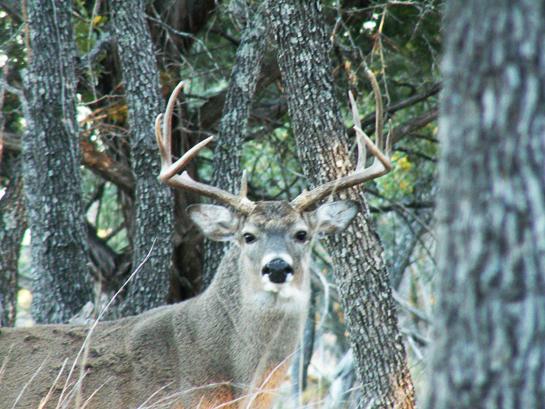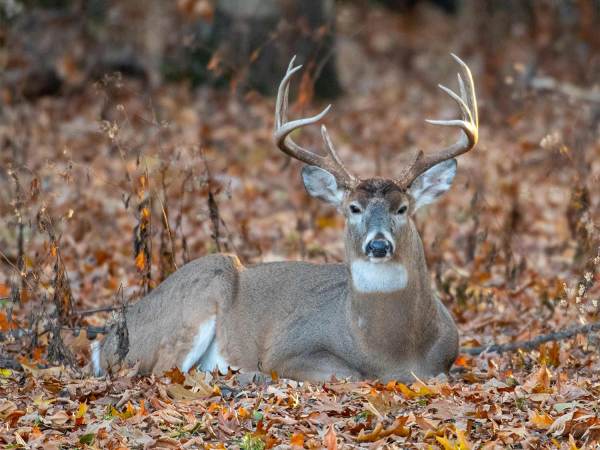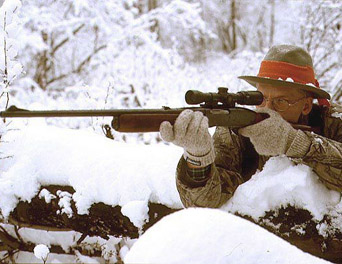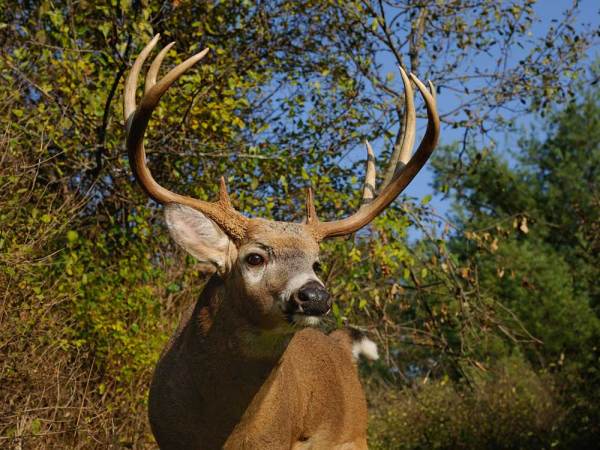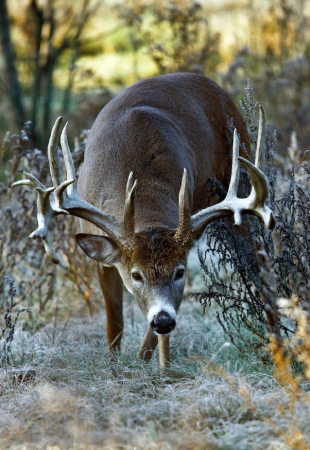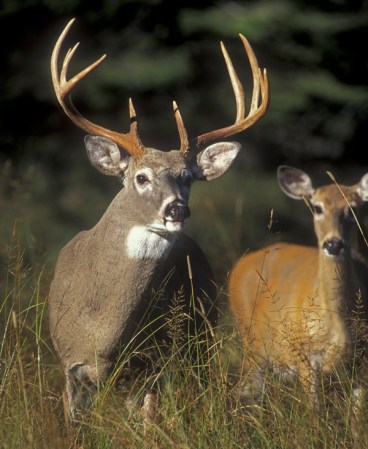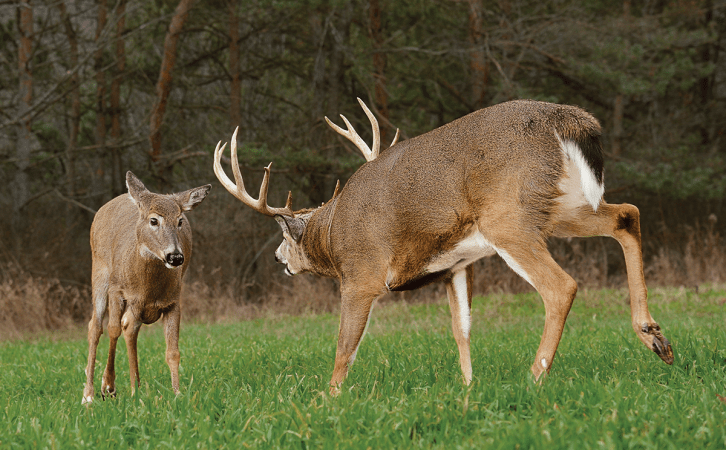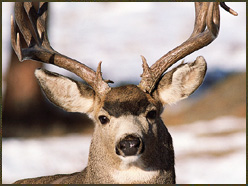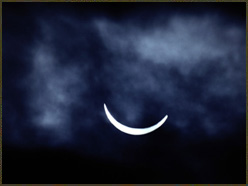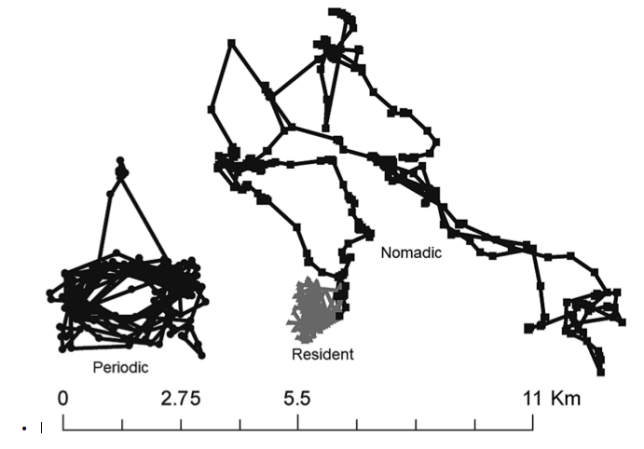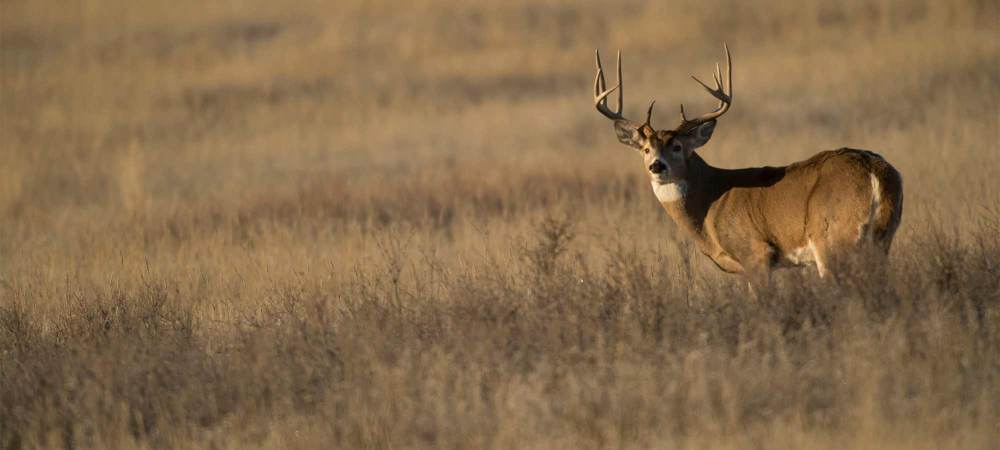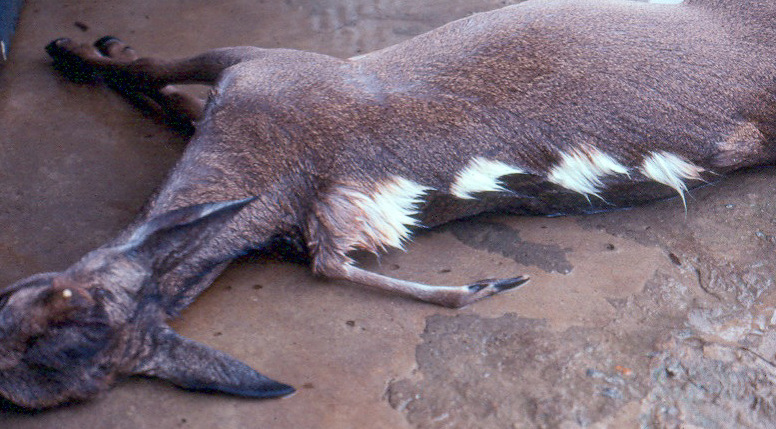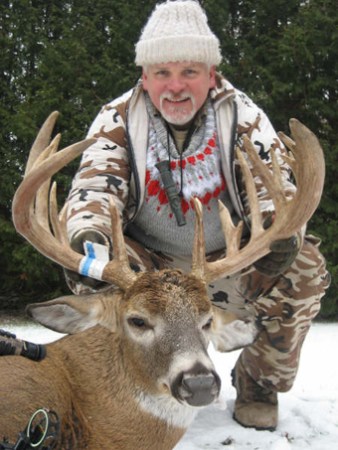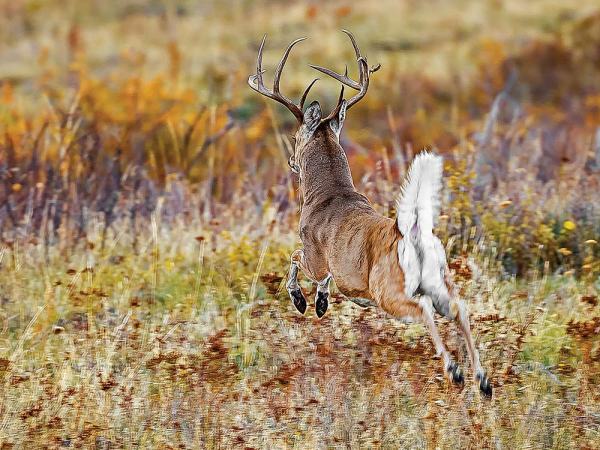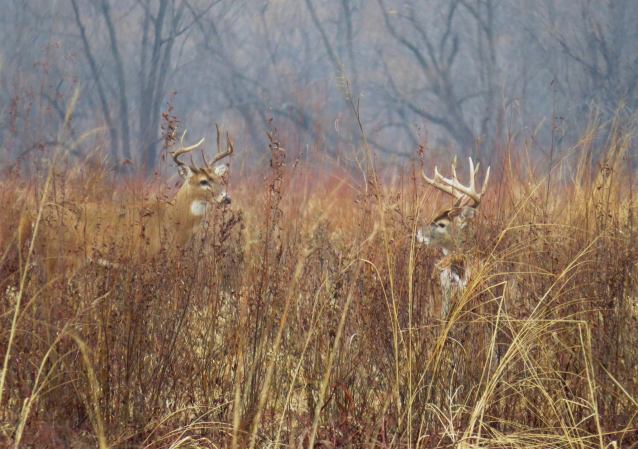Last September we reported on a study that involved whitetail bucks and how they responded to antler rattling. To recap, Texas biologist Mick Hellickson and his partners whacked horns together 171 times and lured 111 deer during a research project that spanned three years. They pulled in the most bucks during the peak of the rut. Cool mornings, cloud cover that ranged to about 75 percent and light winds characterized the most productive days. Sixty percent of the bucks approached the banging and grinding sounds from downwind.
The researchers found that if they weren’t totally exhausted after a sequence, they hadn’t been rattling hard enough. The crew crashed the antlers long and loud some 85 times, attracting 81 bucks. Their 86 kinder, gentler routines brought in only 30 deer.
That’s cool stuff, and there’s more. Hellickson, chief wildlife biologist for the King Ranch, just turned us on to the second part of the landmark study he conducted. His findings might go against a lot of what you’ve heard or read about rattling in the past.
RATTLING: ACT II
The follow-up project took place on a sprawling Texas ranch where 130 bucks of all ages were radio-collared. Forty-three of the deer were fitted with activity-sensing transmitters; the type of signal indicated whether the animal was bedded down or moving. Researchers also registered each buck’s age and rack measurements and could later identify each one by its unique radio signal. The bucks were split into two groups: “culls,” whose racks scored less than 130 points, and “trophies,” who scored 130 and higher.
During the October-to-December test period, Hellickson and crew started zeroing in on the collared bucks. This proved challenging. The old titans, some of them 5 1/2 to 9 1/2 years old, were especially secretive in the thick brush country. After pinpointing a buck through its radio signal, a researcher gained the advantage of the wind, got within 200 to 300 yards of the buck and set up in cover. He then rattled long and hard and measured the response.
THE RESULTS ARE IN
The researchers performed 33 rattling sessions within hearing range of 18 different collared bucks. During 24 of the sessions, the radio signals indicated that the bucks got active and moved closer to the person rattling. In other words, nearly three out of four bucks responded exactly the way a hunter hopes they would respond. The results surprised even Hellickson. “Before the study, I would have guessed that less than twenty-five percent of the bucks would move toward the sound of the horns,” he says.
LESSON 1: RATTLE AWAY.
When the rut is right, it pays to rattle to any buck you see or think is holed up in cover upwind and within earshot. Chances are good that he’ll come in.
Seeing the big-racked beast is another matter. The Texas rattlers spotted only 11 of the 24 bucks that responded. That jibed with Part I of the study, in which rattlers on the ground spied only 48 of the 111 bucks (43 percent) that investigated the racket.
LESSON 2: GET HIGH.
“Once again it shows how important it is to get elevated,” notes Hellickson. Bang horns from a tree stand or from a ridge, hillside or hump where you can spot bucks coming a long way out.
Almost all of the time, bucks approach rattling sounds from somewhere downwind, trying to sniff out the fighters. Hellickson’s study confirmed this but revealed an intriguing twist. After first moving downwind toward the cracking and grinding noises, three out of four bucks circled back to a spot upwind of their original location. Furthermore, the average distance a buck moved 30 minutes after responding to a rattling sequence was one third of a mile. Two bucks walked nearly three quarters of a mile, while two others moved very little.
LESSON 3: WATCH BOTH WAYS.
After rattling, sit still for 30 minutes and watch downwind. But don’t lock on. You might miss a buck on the upwind side if you don’t look hard and often in that direction, too.
As was the case in the first part of Hellickson’s study, the peak of the rut was the most productive time in Part II. Eleven of the 14 bucks within earshot of the rattling got active and moved closer. The first days of the post-rut were just as hot.
With all the horn knocking going on these days, might bucks get “call-shy”? To shed some light on that, Hellickson located and rattled to 11 different bucks multiple times. Seven of the deer, including a 6 1/2-year-old brute, moved closer every time. The other four animals didn’t react to the first sequence but approached the horns the second time around.
LESSON 4: BE AGGRESSIVE.
Don’t worry about rattling too much, and keep it up for a while after the rut. The bucks are still likely to come your way.
Here’s one last thing to chew on. Fifty percent of the “cull” bucks the researchers rattled to reacted positively, while 67 percent of the “trophies” (130 Boone and Crockett points or better) moved closer. That should give you hope. When you crack the horns long and loud some morning this month, the first deer that comes running just might be the one you saw in your dreams the night before.
Times to Rattle
Rattling might work at any time of day, but some times are better than others. The findings below are based on Texas rattling sessions; they show responses in terms of the percentage of bucks drawn closer during various time periods.
7:30-10:30 No sessions performed Pre-rut 100% Rut Peak 75% Post-rut
10:30-1:30 50% Pre-rut 67% Rut Peak 75% Post-rut
1:30-4:30 33% Pre-rut 67% Rut Peak 83% Post-rut

